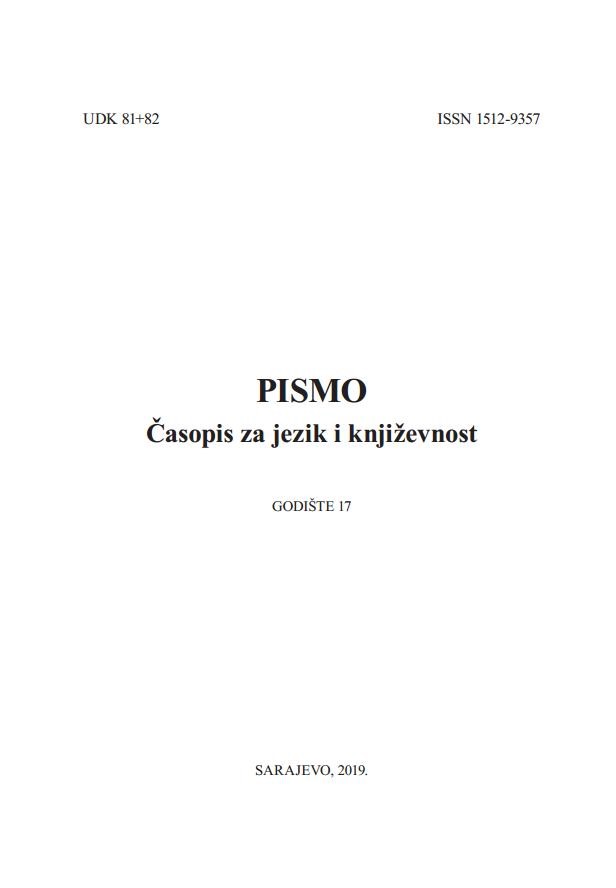O repeticijama i njihovim prijevodnim ekvivalentima u romanima Yaprak Dökümü (Kad opada lišće) i Derviš i smrt (Derviş ve Ölüm)
On repetitions and their equivalents in the novel Yaprak Dökümü (When the Leaves Fall) and Derviş ve Ölüm (Death and the Dervish)
Author(s): Samira Osmanbegović-Bakšić, Ida PecoSubject(s): Bosnian Literature, Turkish Literature, Translation Studies
Published by: Bosansko filološko društvo
Keywords: repetitions; repetitions in Turkish; elements of valence; translated repetitions;
Summary/Abstract: This paper uses data from an extensive analysis of repetitions in the novels Yaprak Dökümü (When the Leaves Fall) translated from Turkish to Bosnian and in Derviš i smrt (Death and the Dervish) translated from Bosnia to Turkish. The aim of this paper is to determine the elements of valence in the translated repetitions. The corpus consists of seventy nine examples of repetitions in the translation of the novel Kad opada lišće, that is, fifteen examples that were translated as repetitions and sixty four examples that were translated in the form of repetitions, as well as thirty two examples of repetitions in the translation of the novel Derviš i smrt that is, four examples of repetitions that were translated as repetitions and twenty eight examples that are not repetitions in the Bosnian text, but were translated as repetitions. Therefore, the corpus consists of a total of one hundred and eleven examples of repetitions. Repetitions are one of the basic features of the Turkish language. This fact and the results of the contrastive analysis of Turkish repetitions with German ones, which determined that conjunctions are always used in German repetitions, were the starting point for this analysis. The analysis showed that in the structure of repetitions translated to Bosnian, conjunctions ("and", "or", "both ... and", "neither ... nor ...", "as...so") are most often used, followed by prepositions ("with", "for", "by", "from ... to", "under", "from ... to", "from ...to", "in", "next to"), a hyphen and, very rarely, a comma. Constructions with a comma and a conjunction are most often translated to Turkish via repetitions that have neither a comma nor a conjunction. Conjunctions were found to be the elements most commonly used in the translation of repetitions from Turkish to Bosnian, thus showing a similarity with the analysis of German and Turkish repetitions which demonstrated that conjunctions are dominant in German repetitions.
Journal: Pismo - Časopis za jezik i književnost
- Issue Year: 2019
- Issue No: 17
- Page Range: 56-72
- Page Count: 17
- Language: Bosnian

